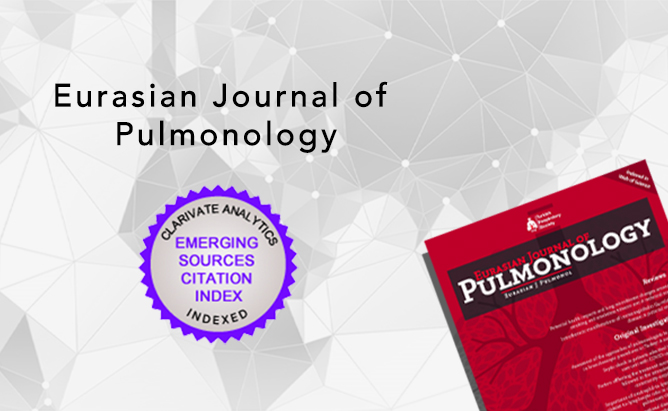2Department of Pulmonary Diseases, Dr. Suat Seren Chest Diseases and Thoracic Surgery Teaching and Research Hospital, Izmir, Turkey
3Department of Pathology, Dr. Suat Seren Chest Diseases and Thoracic Surgery Teaching and Research Hospital, Izmir, Turkey
Abstract
OBJECTIVES: In some studies, it has been hypothesized that anthracotic pigmentation in mediastinal lymph nodes is a sign of benign conditions and excludes metastasis from thoracic and extrathoracic malignancies. The aim of this study was to evaluate the clinical significance of mediastinal lymph node anthracosis in cancer patients who underwent endobronchial ultrasound-guided transbronchial needle aspiration (EBUS-TBNA).
MATERIALS AND METHODS: In this study, medical data of patients with lung cancer or extrathoracic cancer who underwent EBUS-TBNA for investigation of mediastinal lymph node metastasis were evaluated retrospectively. EBUS-TBNA cytology reported as anthracotic pigmentation was included in this study. Patients were excluded from the study if cytology of aspirated lymph nodes reported as “benign,” “malignancy,” or “granulomatous inflammation.”
RESULTS: There were 50 eligible patients. Thirty-one (62%) patients underwent EBUS-TBNA for lung cancer staging and 19 (38%) for evaluation of extrathoracic metastasis. A total of 120 lymph nodes were sampled. The most sampled station was subcarinal. EBUS-TBNA was false negative in eight of 31 (25.8%) lung cancer patients and one of 19 (5.2%) extrathoracic malignancy patients.
CONCLUSIONS: Anthracotic pigmentation of lymph nodes in EBUS-TBNA cannot exclude metastasis in lung cancer patients and mediastinoscopy should be performed before surgery in this group. In patients with extrathoracic malignancy, anthracotic pigmentation is associated with benign conditions. However, further investigation with larger cohort is needed.









